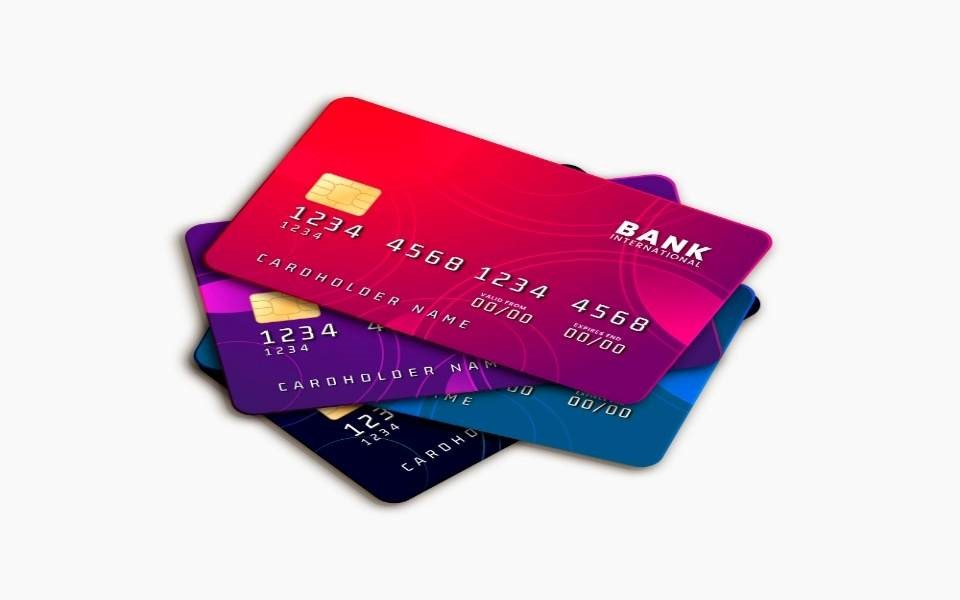For years, Indian credit cards were controlled more by legacy banking systems than by the people using them. Managing spends, disputing transactions, or simply checking rewards often meant juggling clunky net-banking portals or waiting on hold for a call center.
This gap has only widened as consumer habits moved mobile-first. We now shop, travel, and pay bills instantly on our phones, yet many cards still offer dated experiences. Users end up frustrated: statements arrive late, rewards tracking feels opaque, and blocking a compromised card can take hours when it should take seconds. With high monthly spends ranging above ₹10,000, even small inefficiencies mean missed value, hidden charges, or outright risk.
Enter app-first credit cards. Fintechs like OneCard, Kiwi, Jupiter, Uni, and Scapia are reimagining the credit experience where the entire lifecycle (application, controls, statements, rewards, and support) sits inside an app. These products promise transparency, real-time insights, and instant support, all while delivering competitive cashback or innovative rewards. In this article, we benchmark the best app-first credit cards in India, not just on raw cashback, but on UX, controls, statements, and instant support, the metrics that truly define whether these cards live up to their mobile-first promise.
| Monthly Spends | Jupiter Edge+ | Scapia Travel @4% | OneCard Base Cashback (2%) | UniCards GoldX – Digital Gold Rewards* | Kiwi Neon – Scan & Pay @2% |
| ₹0 | ₹0 | ₹0.00 | ₹0 | ₹0.00 | ₹0.00 |
| ₹10,000 | ₹1,000 | ₹400.00 | 200 | ₹100.00 | ₹200.00 |
| ₹15,000 | ₹1,500 | ₹600.00 | 300 | ₹150.00 | ₹300.00 |
| ₹20,000 | ₹1,750 | ₹800.00 | 400 | ₹200.00 | ₹400.00 |
| ₹25,000 | ₹2,000 | ₹1,000.00 | 500 | ₹250.00 | ₹500.00 |
| ₹30,000 | ₹2,250 | ₹1,200.00 | 600 | ₹300.00 | ₹600.00 |
| ₹35,000 | ₹2,500 | ₹1,400.00 | 700 | ₹350.00 | ₹700.00 |
| ₹40,000 | ₹2,550 | ₹1,600.00 | 800 | ₹400.00 | ₹800.00 |
| ₹45,000 | ₹2,600 | ₹1,800.00 | 900 | ₹450.00 | ₹900.00 |
| ₹50,000 | ₹2,650 | ₹2,000.00 | 1000 | ₹500.00 | ₹1,000.00 |
Point to be noted:
This table is a useful simplification/baseline for the Credit Card constructs and rewards, but in real usage, the effective blended rate is dynamic and depends heavily on:
- Category mix (for OneCard)
- Neon/membership status (for Kiwi)
- Whether your spending qualifies for milestone bonuses
- Rounding / reward-granularity rules
Let’s get to know about Credit Cards in detail.
1. Jupiter Edge+ Credit Card
(Issued with CSB Bank via the Jupiter app)
Rewards & Cashback:
₹1,000 cashback on ₹10,000 spend (10%) scales down with higher spends, eventually flattening (₹2,650 on ₹50,000 = ~5.3%).
Often bundled with RuPay UPI functionality, you can “scan & pay” via UPI but it’s a credit card.
App-first UX:
- Onboarding via e-KYC in the Jupiter app, with virtual card issued instantly.
- Full integration into the Jupiter finance dashboard (net worth tracking, expense analytics, insights).
Controls:
- Freeze/unfreeze your Credit Card instantly.Set transaction limits, disable international transactions.
- Not as granular as OneCard’s merchant category lock, but intuitive.
Statements & Visibility:
- Real-time spend notifications.Monthly statement generated in-app + downloadable PDF.
- Expense categorisation and spend analysis built into Jupiter “Insights”.
Support:
- In-app chat and ticketing.
- User reviews suggest delays in resolving statement/payment issues, but transparency improving.
Differentiator:
A full “financial lifestyle” app beyond just a card, appeals to users who want banking + credit + UPI in one place.
2. Scapia Travel Credit Card (Federal Bank co-branded)
Rewards & Cashback:
4% Scapia coins (~4%) on travel spends; ~₹400 cashback on ₹10,000 — directly reflecting the travel-only category.
App-first UX:
- App focused on travel + credit card integration.
- Onboarding, card management, and reward redemptions are entirely inside Scapia’s app.
Controls:
- Block/unblock card instantly.Set transaction modes (domestic, international, online, offline).
- Travel-focused features like lounge access tracking and forex rates display.
Statements & Visibility:
- Clear travel-centric breakdown of spends.
- Redemption of Scapia coins integrated into booking flows.
Support:
- In-app chat, quick responses for travel-related issues.
- Tie-ups with OTAs mean bundled support for bookings + card queries
Differentiator: Niche — best for frequent travellers who want to earn and redeem directly in one app.
3. OneCard (Base Cashback 2%)
Rewards & Cashback:
Flat 2% cashback across spends (₹200 on ₹10,000; ₹1,000 on ₹50,000)
Transparent, auto-credit of rewards, no hidden conditions.
App-first UX:
Marketed as India’s first truly “mobile-first” metal card. Clean interface with instant issuance, digital onboarding, and virtual card.
Controls:
Industry-leading: freeze/unfreeze, set per-transaction limits, disable international, disable merchant categories. Generate virtual card for safer online shopping.
Statements & Visibility:
Granular categorisation, tagging, and graphs of spend. Simple one-screen dashboard for all dues, limits, rewards.
Support:
In-app chat, usually responsive. Community reports suggest better resolution speed vs legacy banks.
Differentiator: UX gold standard among app-first cards in India; benchmark for minimalistic yet powerful controls.
4. UniCards GoldX – Digital Gold Rewards
- Rewards & Cashback:
- Instead of cashback, Uni rewards with Digital Gold — e.g., ₹100 worth of gold on ₹10,000 spend.
- Rewards scale linearly (₹500 worth of gold on ₹50,000 spend).
- App-first UX:
- Uni pioneered the “Pay 1/3rd later” model (later restricted by RBI), now repositioned with GoldX.
- Fully digital onboarding.
- Controls:
- Standard lock/unlock and limit settings.
- Gold wallet integrated in the app, so you can view & track your “gold earnings.”
- Statements & Visibility:
- Shows spend, dues, and accumulated digital gold together.
- PDF statements available.
- Support:
- In-app support; however, Uni has had stability issues in the past (services temporarily suspended in 2022 due to regulatory pushback).
- In-app support; however, Uni has had stability issues in the past (services temporarily suspended in 2022 due to regulatory pushback).
- Differentiator: Quirky — turns cashback into an asset (gold). Ideal for millennials/Gen Z experimenting with alternative rewards.
5. Kiwi Neon – Scan & Pay @2%
- Rewards & Cashback:
- 2% rewards on UPI QR spends via RuPay credit card integration.
- Matches OneCard’s flat rate, but unique because it applies even to QR/UPI payments.
- App-first UX:
- 100% app-based issuance — you can apply, get a RuPay credit card, and instantly link it to UPI.
- Designed specifically for credit-on-UPI rather than card-swipe.
- Controls:
- Card block/unblock, limit change, PIN reset, and UPI linkage all inside app.
- UPI + credit line hybrid is its main differentiator.
- Statements & Visibility:
- Shows QR/UPI transactions as card spends.
- Categorisation improving, but less sophisticated than OneCard/Jupiter.
- Support:
- In-app chat, though some users report inconsistencies in cashback credit and support follow-ups.
- Differentiator: First mover in credit via UPI — a big win for Indian QR ecosystem users.
So, what should be the approach for getting a Credit Card?
- Best Rewards Power: Jupiter Edge+ (esp. at ₹10–25k spends)
- Best for Travel: Scapia (coins + app integration)
- Best UX & Controls: OneCard (freeze, limits, categories)
- Most Innovative Rewards: Uni GoldX (digital gold instead of cashback)
- Best for Everyday UPI: Kiwi Neon (credit on QR with 2%)



